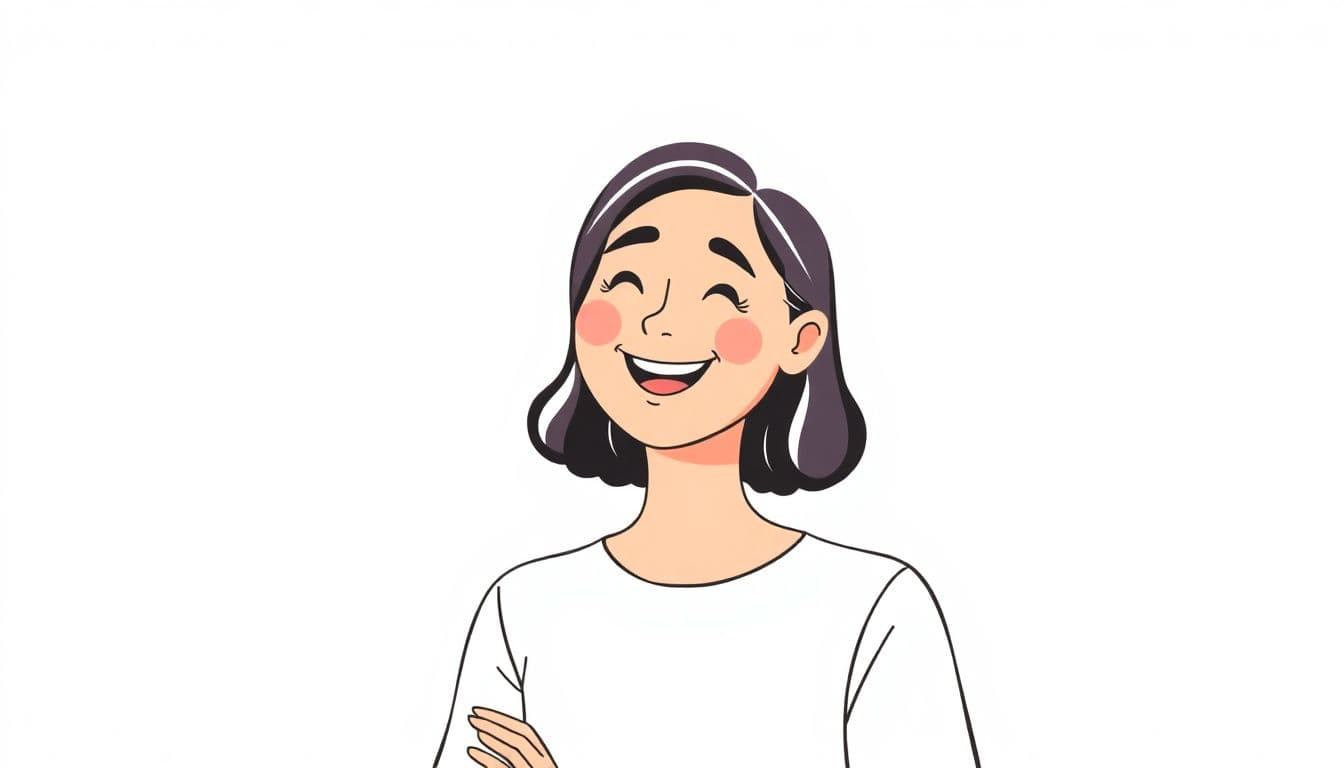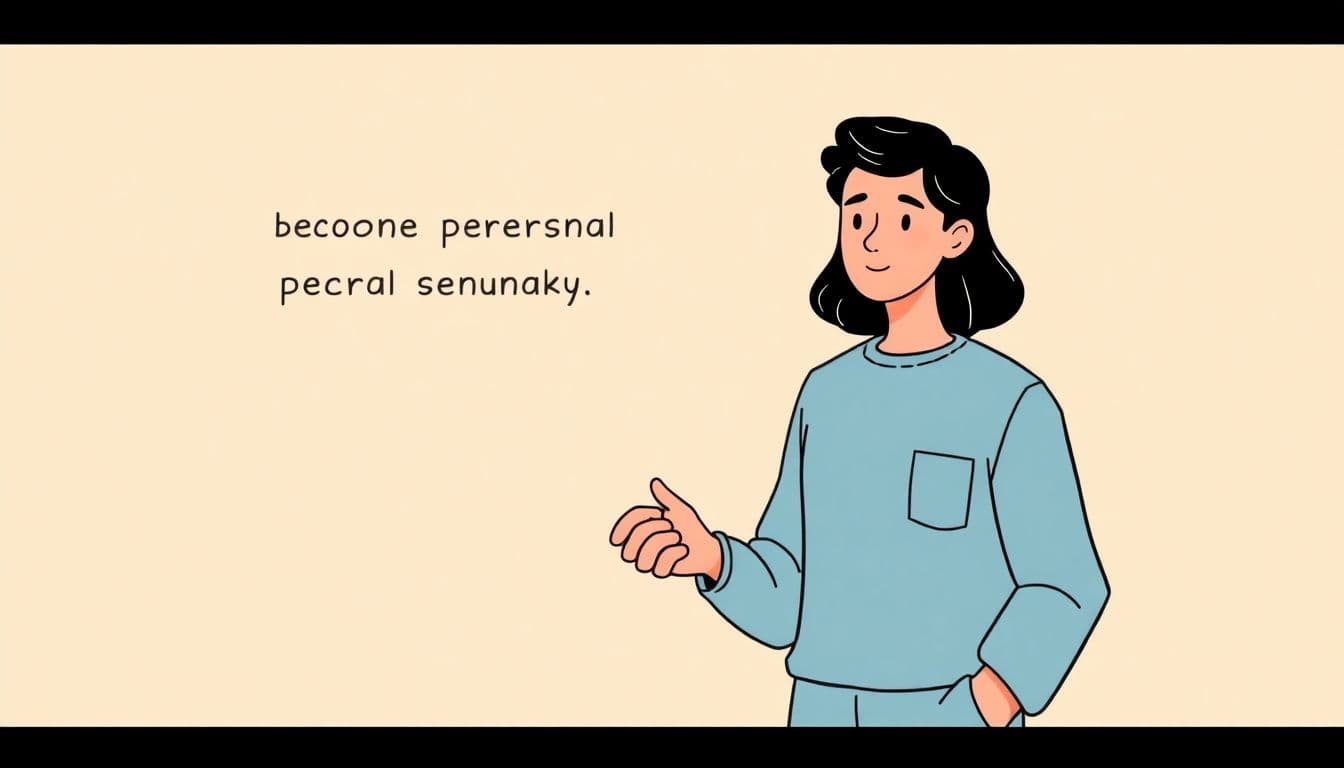Table of Contents
Writing a book blurb can feel like trying to fit a whole universe into a tiny box, right? You want to grab readers’ attention and give them a taste of your story, but it’s tough to summarize all that excitement in just a few lines. Trust me, you’re not alone in this struggle!
But don’t worry! Keep reading, and I’ll share some easy tips and tricks to help you craft a blurb that makes readers say, “I need to read this book!” You’ll learn how to highlight what makes your story special while keeping it concise and engaging.
Together, we’ll explore the key elements of a successful blurb, common pitfalls to dodge, and even some stellar examples to inspire you. By the end, you’ll be ready to create a captivating blurb that draws in readers like bees to honey!
Key Takeaways
- Start with a strong hook that presents the main conflict or theme of your book.
- Keep sentences short and impactful; readers often skim through blurbs.
- Highlight main characters briefly to show their motivations.
- Avoid revealing too much of the plot; keep it intriguing.
- Include a call to action at the end to encourage readers to pick up the book.
- Tailor the tone and content of your blurb to match your book’s genre.
- Revise and edit multiple times for clarity and impact, reading it out loud for flow.

How to Write an Engaging Book Blurb
Writing an engaging book blurb is all about crafting a hook that grabs the reader’s attention while providing just enough information to spark their curiosity.
Start by identifying the core conflict or theme of your book—what makes it unique? Include a hook in the opening sentence that entices potential readers.
Keep sentences short and punchy; readers often skim blurbs, so make each word count.
Lastly, don’t forget to incorporate a call to action at the end, inviting readers to pick up the book and find out more.
Understanding the Purpose of a Book Blurb
The purpose of a book blurb is to serve as a compelling sales pitch that entices potential readers to pick up your book.
A blurb gives a sneak peek into the plot, characters, and overall tone, providing just enough intrigue to make someone want to read the entire book.
It’s also your chance to showcase what makes your story stand out from the crowd—whether it’s an unexpected twist, unforgettable characters, or vivid settings.
Remember, this is often the first impression a reader will get, so make sure it resonates with your target audience.
Key Components of a Book Blurb
A well-crafted book blurb typically has several key components to draw in readers.
First, start with a gripping hook that presents a problem or a conflict. This sets the stage and gives readers a reason to care.
Next, introduce your main characters briefly—just enough to show their motivations or struggles.
Then, give a hint of the story’s journey without revealing too much. Leave some questions unanswered to maintain intrigue.
Finally, end with a strong closing line or a question that compels the reader to dive into your book.

Tips for Writing an Effective Book Blurb
Writing an effective book blurb is not just about summarizing your book; it’s about selling it.
Start with a captivating opening sentence that grabs attention and sets up the premise.
Focus on the emotional core of your story—what feelings do you want to evoke in the reader?
Make sure to highlight the main character’s goals or conflicts to create a sense of urgency.
Consider your target audience’s preferences; what resonates with them will make your blurb more appealing.
Finally, polish your language—every word should serve a purpose, making the blurb both concise and impactful.
Common Mistakes to Avoid When Writing a Book Blurb
When it comes to writing a book blurb, common pitfalls can lead to missed opportunities.
A major mistake is being too vague; dropping in abstract terms can confuse potential readers.
Another error is revealing too much of the plot; keep the twists under wraps to maintain intrigue.
Making the blurb too long is also a no-go; aim for brevity while highlighting key points.
Lastly, failing to match the tone of the book with the blurb can send mixed signals about what readers should expect.
Examples of Great Book Blurbs
Examining successful book blurbs can provide insights into what works well.
Take note of the blurb for The Hunger Games, which uses vivid adjectives and presents a relatable character facing high stakes.
Another strong example is from The Girl on the Train, where the mysterious premise and character-driven questions hook the reader effectively.
These blurbs highlight the conflict and tantalize potential readers without giving everything away.
Look for patterns in successful blurbs, such as punchy language and an emotional angle that resonate with audiences.
How to Tailor Your Blurb for Different Genres
Tailoring your book blurb for different genres is crucial for attracting the right readers.
For romance, focus on emotional depth and relationship dynamics; a hint of tension can be a magnetic draw.
In fantasy or sci-fi, emphasize world-building and unique elements of the narrative; make potential readers curious about the universe you’ve created.
Thrillers benefit from highlighting suspense and danger, possibly with cliffhanger phrasing to keep readers on edge.
Adjusting your language, tone, and focus to match genre expectations makes your blurb more appealing to its intended audience.
Finalizing and Editing Your Book Blurb
Once you’ve drafted your blurb, the finalizing process is vital to ensure clarity and impact.
Read it out loud; this helps identify awkward phrasing or sections that may not flow well.
Get feedback from beta readers or a writing group to see what resonates with them.
Consider using tools like [Grammarly](https://automateed.com/alternative-for-grammarly-top-free-and-paid-writing-tools/) to catch errors and improve phrasing.
Finally, don’t hesitate to revise multiple times; a polished blurb can make all the difference in attracting readers.
FAQs
The primary purpose of a book blurb is to entice potential readers by providing a brief and engaging summary of the book. It highlights the main themes and hooks to generate interest and encourage purchases.
A strong book blurb should include a hook, a brief overview of the plot or main conflict, a glimpse of the protagonist, and a call to action. These elements create intrigue and compel readers to dive in.
Avoid overly lengthy descriptions, excessive jargon, and including spoilers. Focus on creating suspense and maintaining clarity so that potential readers are intrigued rather than confused by your blurb.
To tailor your blurb, focus on genre-specific elements. For example, romance blurbs should emphasize emotional connection, while thrillers should highlight tension and suspense. This ensures the blurb resonates with the target audience.



